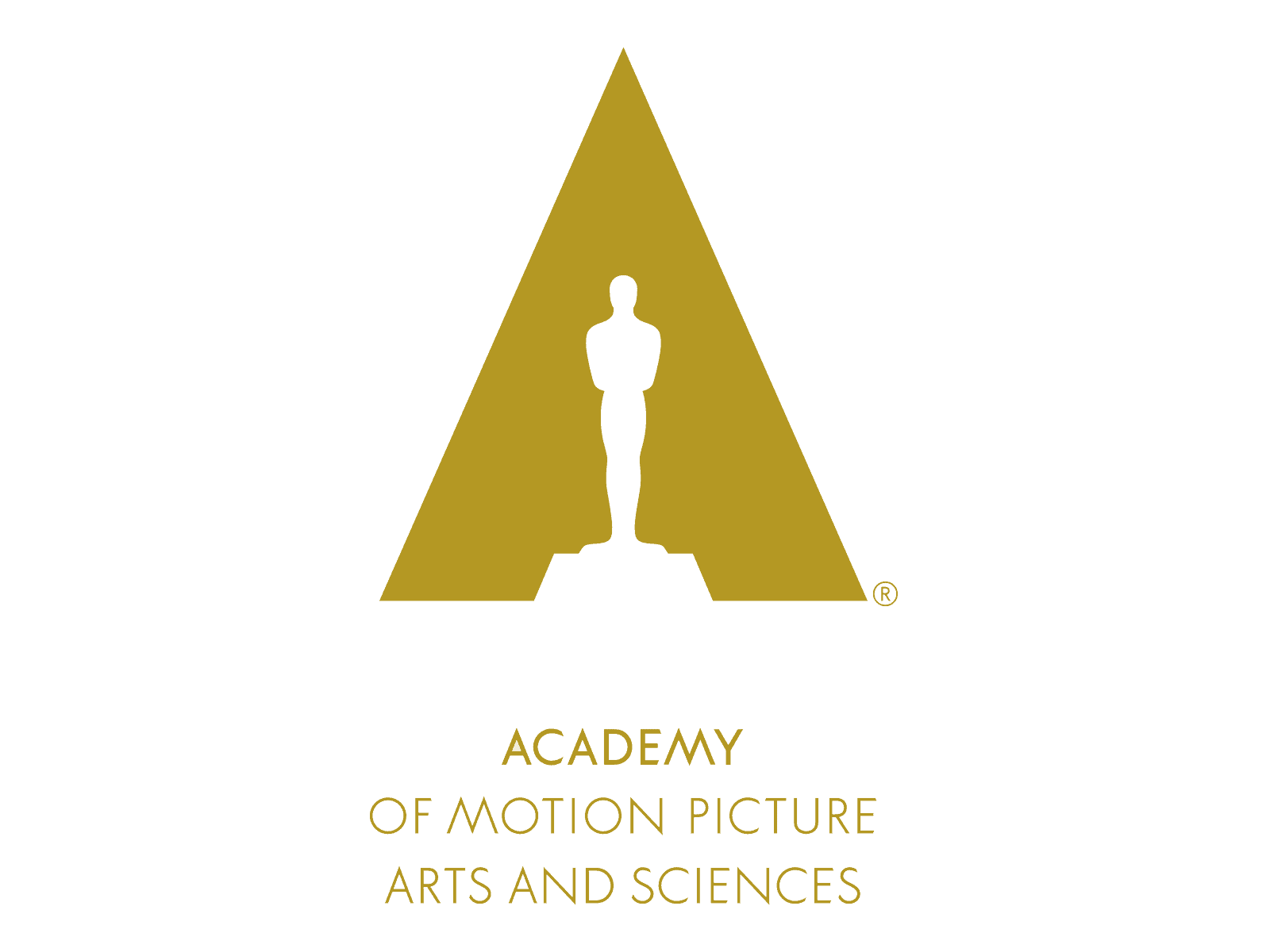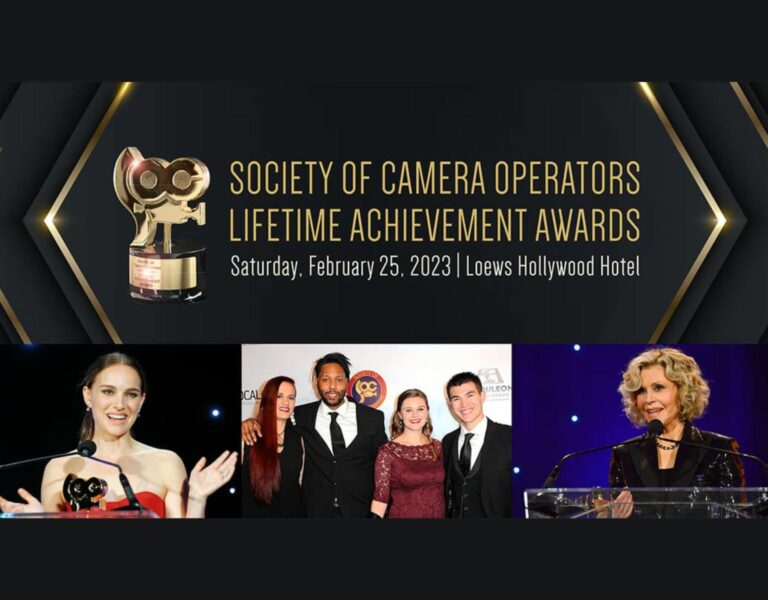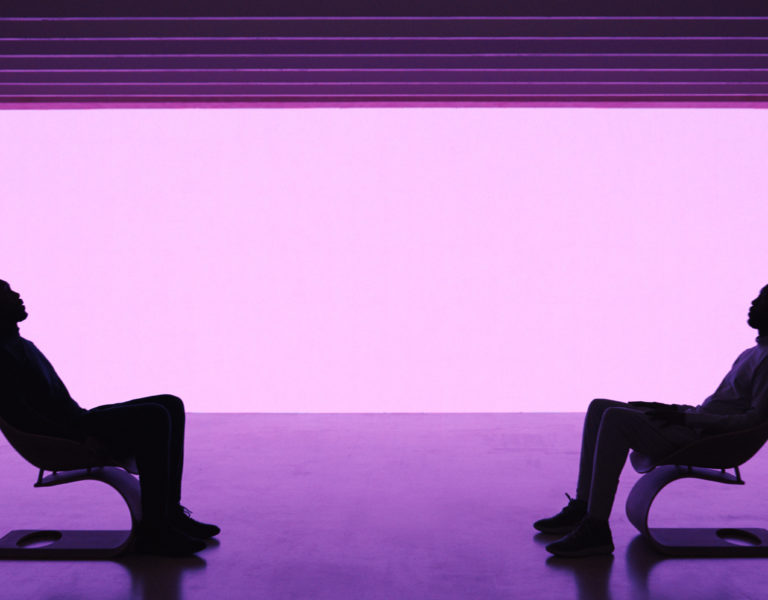
The Academy of Motion Picture Arts and Sciences announced that eight scientific and technical achievements represented by 19 individual award recipients will be honoured at its annual Scientific and Technical Awards presentation on Friday, February 24, 2023, at the Academy Museum of Motion Pictures, marking its return to an in-person event for the first time since 2019.
In addition, Iain Neil will receive the Gordon E. Sawyer Award (an Oscar® statuette) for his extraordinary technological contributions that have brought credit to the industry.
“Since 1931, the Academy has recognized the most important innovations in filmmaking; inventors and engineers have been advancing the art and science of motion pictures ever since,” said Barbara Ford Grant, chair of the Scientific and Technical Awards Committee. “Their efforts have not only served to enrich the art form but inspire a global industry to engineer, create, change, and push the boundaries of our craft. This year we honor achievements spanning accomplishments from pioneering methods in practical rain effects to career-long contributions in optical design for cinematography to humanistic-driven AI techniques. This outstanding work has enabled new and exciting ways of creating and further expanding how we experience motion pictures.”
Unlike other Academy Awards® to be presented this year, achievements receiving Scientific and Technical Awards need not have been developed and introduced during a specified period of time. Rather, the achievements must demonstrate a proven record of contributing significant value to the process of making motion pictures.
–
The Academy Awards for scientific and technical achievements are:
TECHNICAL ACHIEVEMENT AWARDS (ACADEMY CERTIFICATES)
To Howard Jensen and Danny Cangemi for the concept and creation, and to John Frazier for the development of the 60- and 100-foot Rain Bars.
The Rain Bars provide a portable system for the creation of realistic, large-scale, adjustable, practical rain for motion pictures. Their rapid setup and relocation capabilities enable the efficient production of effects ranging from misting drizzles to torrential downpours.
To Mark Hills and Jim Vanns for the design and engineering of the FQ render farm management system.
FQ’s highly efficient scheduler and sophisticated prioritization algorithms reflect a deep understanding of render farm management. With an architecture that has remained largely unchanged for more than a decade, FQ continues to support substantial growth in computational complexity at Framestore.
To Matt Chambers for his contributions to modern render farm management system design as exemplified in the scheduling architectures of Cue3 and Plow.
These design contributions have resulted in robust, versatile, extensible and highly scalable render farm management systems that have supported substantial growth in computational complexity at Sony Pictures Imageworks and Weta Digital.
To Sébastien Deguy and Christophe Soum for the concept and original implementation of Substance Engine, and to Sylvain Paris and Nicolas Wirrmann for the design and engineering of Substance Designer.
Adobe Substance 3D Designer provides artists with a flexible and efficient procedural workflow for designing complex textures. Its sophisticated and art-directable pattern generators, intuitive design, and renderer-agnostic architecture have led to widespread adoption in motion picture visual effects and animation.
To David Eberle, Theodore Kim, Fernando de Goes and Audrey Wong for the design and development of the Fizt2 elastic simulation system.
Fizt2 provides a high-performance solver with novel and stable implicit physics and robust collision detection. The design of this system enables artist workflows to easily apply soft-body dynamics to a broad range of interacting animated characters and objects.
SCIENTIFIC AND ENGINEERING AWARDS (ACADEMY PLAQUES)
To Larry Barton for the pioneering design, development and engineering, and to Ben Wilcox for the electronic engineering and software development, of the Cinematography Electronics CineTape.
The CineTape distance measurement system provides focus-pullers with continuous, accurate, real-time distance information to the subject, either at the camera or remotely. This high resolution distance data has enabled the reliable execution of shots that previously were impossible to judge accurately or had required multiple takes to achieve.
To Howard Preston for the concept, design and engineering, and to Bernie Butler-Smith for the design and implementation of electronic circuitry and software, of the Preston Cinema Systems Light Ranger 2.
The Light Ranger 2 provides precise real-time focus distance information by continuously tracking subjects in sixteen discrete zones. The distance and depth of field indicators are superimposed on the camera image, enabling the focus-puller to intuitively judge focus, even in formerly impossible and extremely challenging situations.
AWARD OF COMMENDATION (SPECIAL PLAQUE)
To Ryan Laney for his innovative adaptation and deployment of AI-driven facial veiling technology used to protect the identities while preserving the visual relatability of subjects in documentary filmmaking as exemplified in Welcome to Chechnya (2020).
GORDON E. SAWYER AWARD (OSCAR STATUETTE)
To Iain Neil for his substantial, extensive and innovative lens designs which have had lasting impact in motion picture cinematography.
The 95th Oscars® will be held on Sunday, March 12, 2023, at the Dolby® Theatre at Ovation Hollywood and will be televised live on ABC and in more than 200 territories worldwide.




















